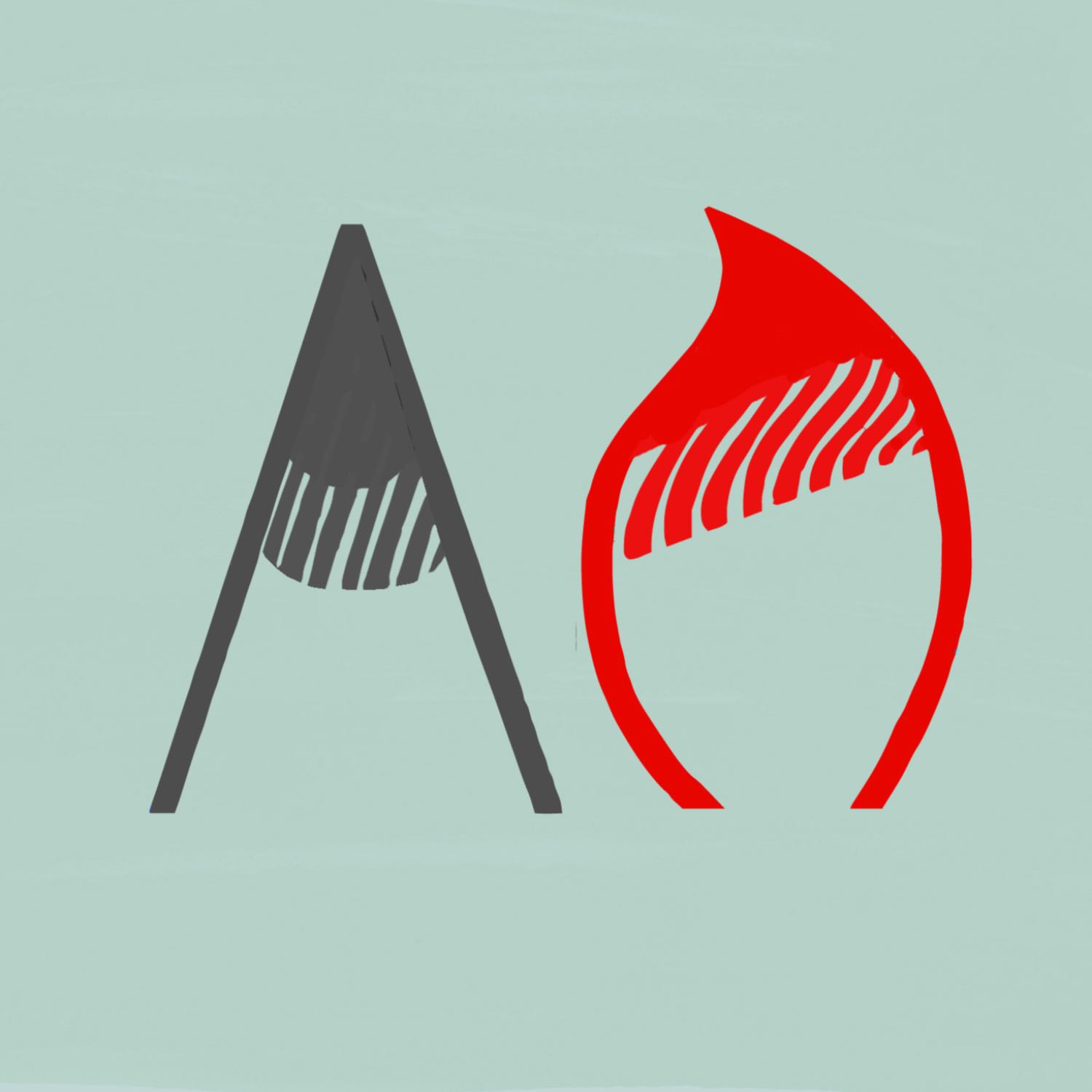- After-Shows
- Alternative
- Animals
- Animation
- Arts
- Astronomy
- Automotive
- Aviation
- Baseball
- Basketball
- Beauty
- Books
- Buddhism
- Business
- Careers
- Chemistry
- Christianity
- Climate
- Comedy
- Commentary
- Courses
- Crafts
- Cricket
- Cryptocurrency
- Culture
- Daily
- Design
- Documentary
- Drama
- Earth
- Education
- Entertainment
- Entrepreneurship
- Family
- Fantasy
- Fashion
- Fiction
- Film
- Fitness
- Food
- Football
- Games
- Garden
- Golf
- Government
- Health
- Hinduism
- History
- Hobbies
- Hockey
- Home
- How-To
- Improv
- Interviews
- Investing
- Islam
- Journals
- Judaism
- Kids
- Language
- Learning
- Leisure
- Life
- Management
- Manga
- Marketing
- Mathematics
- Medicine
- Mental
- Music
- Natural
- Nature
- News
- Non-Profit
- Nutrition
- Parenting
- Performing
- Personal
- Pets
- Philosophy
- Physics
- Places
- Politics
- Relationships
- Religion
- Reviews
- Role-Playing
- Rugby
- Running
- Science
- Self-Improvement
- Sexuality
- Soccer
- Social
- Society
- Spirituality
- Sports
- Stand-Up
- Stories
- Swimming
- TV
- Tabletop
- Technology
- Tennis
- Travel
- True Crime
- Episode-Games
- Visual
- Volleyball
- Weather
- Wilderness
- Wrestling
- Other
After Categorical Exclusion: Domains and Processes of Social Exclusion of the Romanian Roma - László Fosztó
Understanding the causes of persistent inequality between different segments of a society is at the core of social science. This article explores the issue of exclusion by examining various mechanisms of durable inequality within Romanian society, with a specific focus on the Roma population. Throughout history, the Roma have experienced institutionalized exclusion, including slavery, which this text refers to as “categorical exclusion”. Even though these explicit forms of exclusion have been abolished, there is still evidence of “social exclusion” as a continuation of earlier institutionalized servitude. To understand and address the mechanisms that perpetuate inequality, it is crucial to critically examine existing exclusionary social structures, representations, and unequal forms of interactions. The detailed discussion of changing patterns of social exclusion of Roma within the Romanian society is based on both the existing literature and new empirical material streaming from recent fieldwork in communities where effects of the international migration and return are apparent. Since the second half of the twentieth century there were two major structural transformations: first the end of the state socialist system, the transition to a market economy and multi-party democracy, and second, the process of European integration, accession to the common market. Among the unforeseen consequences of this later transformation are the new forms of exclusionary discourses within the European Union, persistent structural inequalities but also some challenges to it by the spontaneous residential desegregation in the communities of origin, which also create new situations of encounter, as return migrants and their move to central squares in the settlement. Younger returnees differ from the generation of their parents or grandparents, as the youth more readily experiment with new, more egalitarian forms of exchanges.Illustration by Ioana Sabăuhttps://theanthro.art/after-ca....tegorical-exclusion-

